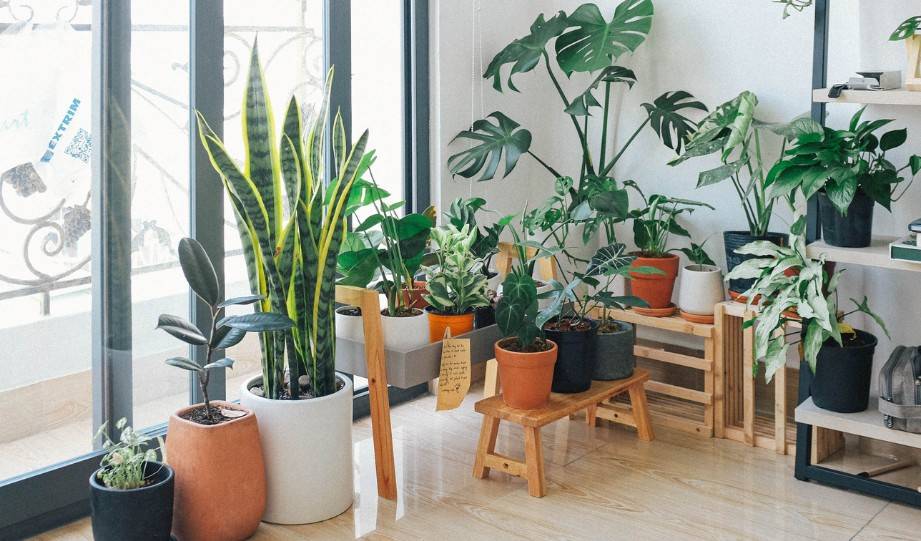When I first brought a potted snake plant into my apartment, I was simply looking to add a touch of green. Little did I know, this small step would spark my journey into sustainable indoor gardening—a practice that’s not just about beautifying spaces but nurturing them responsibly.
This guide is born from my own exploration and learnings, aimed at guiding you through choosing and caring for indoor plants with sustainability at the forefront. It’s for anyone intrigued by the idea of filling their home with greenery in a way that honors our planet.
Let’s dive into how we can make our indoor gardens not only thrive but do so with a gentle footprint on the earth.
Top 20 Sustainable Indoor Plants
- Snake Plant: Thrives on neglect, purifies air.
- Spider Plant: Easy to care for, good for beginners.
- Pothos: Low light tolerant, air-purifying.
- ZZ Plant: Drought-resistant, ideal for busy lifestyles.
- Peace Lily: Enhances humidity, filters air toxins.
- Aloe Vera: Medicinal, thrives in sunny spots.
- Rubber Plant: Low maintenance, grows large with time.
- Philodendron: Adapts well to indoor conditions, easy to grow.
- Boston Fern: Prefers moist environment, air purifier.
- Jade Plant: Drought-tolerant, good for sunny windowsills.
- Cast Iron Plant: Very tough, thrives in low light.
- Swiss Cheese Plant: Statement piece, loves humid conditions.
- English Ivy: Air-cleaning, prefers moderate light.
- Chinese Evergreen: Tolerates low light, minimal water.
- Bamboo Palm: Brings tropical feel, filters air.
- Fiddle Leaf Fig: Trendy, needs bright, indirect light.
- Hoya: Wax plant, thrives in bright, indirect light.
- Dracaena: Varied sizes and colors, effective air purifier.
- Succulents: Variety of types, very drought-tolerant.
- Air Plants: Soilless, absorbs moisture from the air.
Choosing Your Sustainable Indoor Plants
Assessing Your Space and Lighting
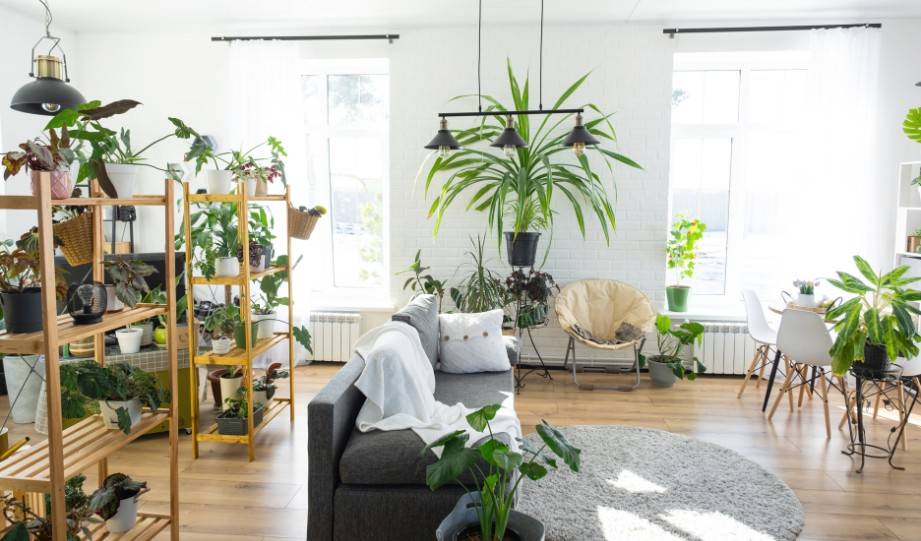
The journey to a sustainable indoor garden begins with understanding your space.
Every home has its unique light signature, which plays a crucial role in plant health and growth.
Start by observing which areas receive light and at what intensity throughout the day. This will help you select plants that are best suited to your home’s natural lighting conditions.
Low-light tolerant plants like the snake plant or peace lily are perfect for corners with indirect light, while sun-lovers such as the jade plant or aloe vera thrive near windows that offer bright, direct sunlight.
Consider the use of sheer curtains to diffuse direct sunlight, preventing leaf burn on more sensitive plants.
Remember, sustainable gardening is about making the most of what you have. By accurately assessing your space and lighting, you ensure that your green companions not only survive but flourish, reducing the need for artificial lighting and enhancing your home’s eco-friendliness.
Water Requirements and Your Lifestyle
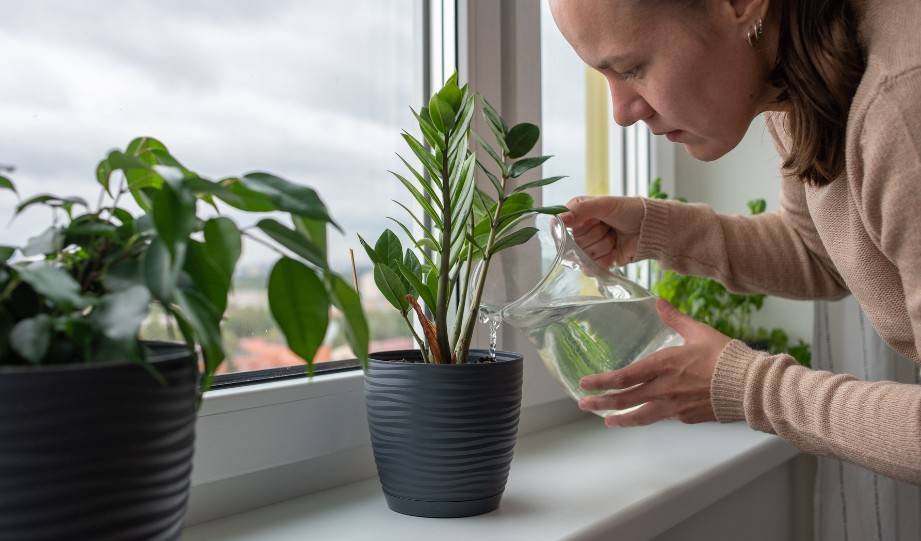
Watering your plants is more than just a chore; it’s a crucial part of their survival and your lifestyle.
The key to sustainable indoor gardening lies in selecting plants whose water requirements align with your daily routine. For those with a busy lifestyle, drought-tolerant plants like succulents or the ZZ plant demand minimal attention, thriving on neglect and infrequent watering.
Conversely, if you enjoy and remember to water regularly, plants that prefer a bit more hydration—such as the peace lily or Boston fern—can be a perfect match.
These plants not only add beauty to your space but also increase humidity, contributing to a healthier indoor environment.
Understanding and matching water needs with your lifestyle ensures your plants stay healthy without causing you stress, making your gardening practice truly sustainable. This approach reduces the risk of over or under-watering, saving water and preventing plant loss.
Plant Longevity and Growth Expectations
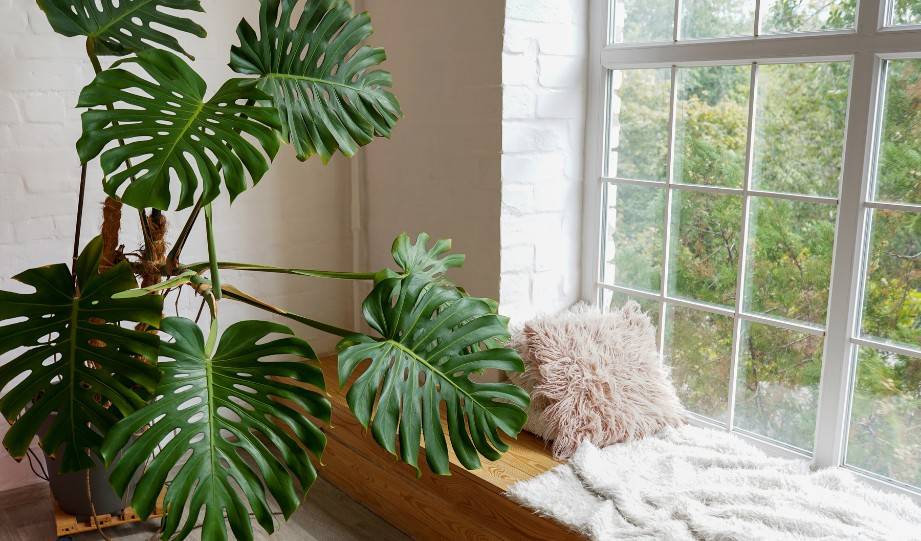
When selecting sustainable indoor plants, considering their longevity and growth expectations is essential.
Opting for perennials like the spider plant or philodendron can offer years of greenery from a single purchase, embodying the essence of sustainability.
These plants adapt and grow, often with minimal intervention, making them ideal for eco-conscious gardeners.
Understanding a plant’s growth habit is also crucial. Some plants, such as the bamboo palm, can grow quite large, requiring more space over time.
Others, like the succulents or air plants, maintain a more manageable size, fitting perfectly in small spaces or as part of a mini indoor garden.
Choosing plants that match your space and ability to accommodate their growth ensures they thrive without unnecessary stress or resources.
This foresight contributes to a more sustainable gardening practice, reducing the need for frequent replacements and allowing for a long-term relationship with your green companions.
Caring for Your Sustainable Indoor Plants
Optimal Watering Practices
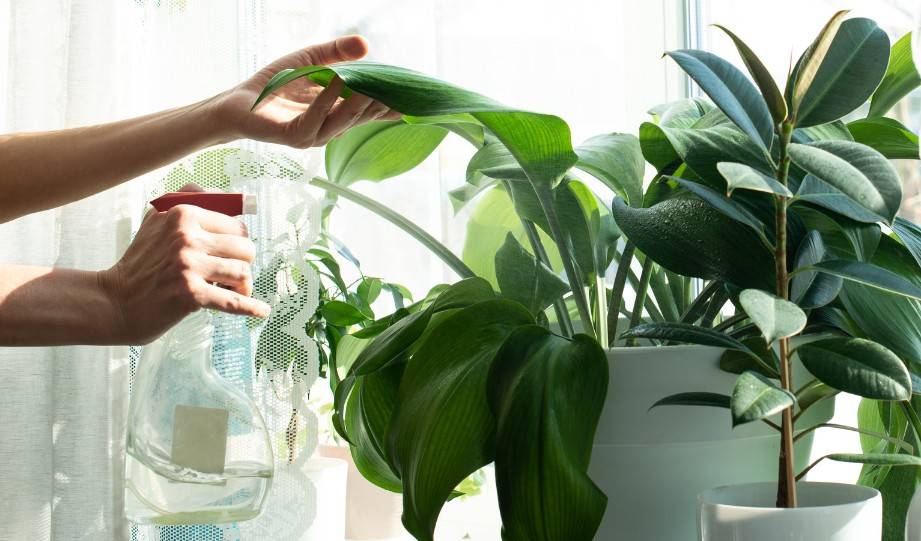
Watering your plants sustainably is key to their health and the environment.
Use collected rainwater or recycled water from household tasks for your plants, conserving fresh water resources.
Check the soil moisture before watering; over-watering can be as harmful as under-watering.
Implementing a watering schedule based on the specific needs of each plant helps avoid waste.
For plants with lower water requirements, like succulents or the ZZ plant, watering sparingly is often enough.
These practices ensure your plants thrive without excessive water use, aligning your indoor garden with eco-friendly principles.
Sunlight and Temperature Requirements

The right balance of sunlight and temperature is crucial for the health of your sustainable indoor plants.
Most indoor plants, like the pothos or spider plant, prefer bright, indirect light and can suffer in direct sunlight. Position these plants near windows where they can receive filtered light.
On the other hand, succulents and aloe vera thrive in more direct light, making them suitable for sunny spots. Maintain a consistent indoor temperature, avoiding extremes by keeping plants away from drafty windows in winter and air conditioning vents in summer.
Adhering to these guidelines ensures your plants grow robustly, contributing to a healthy, green indoor environment.
Soil and Fertilizer: Choosing Sustainable Options
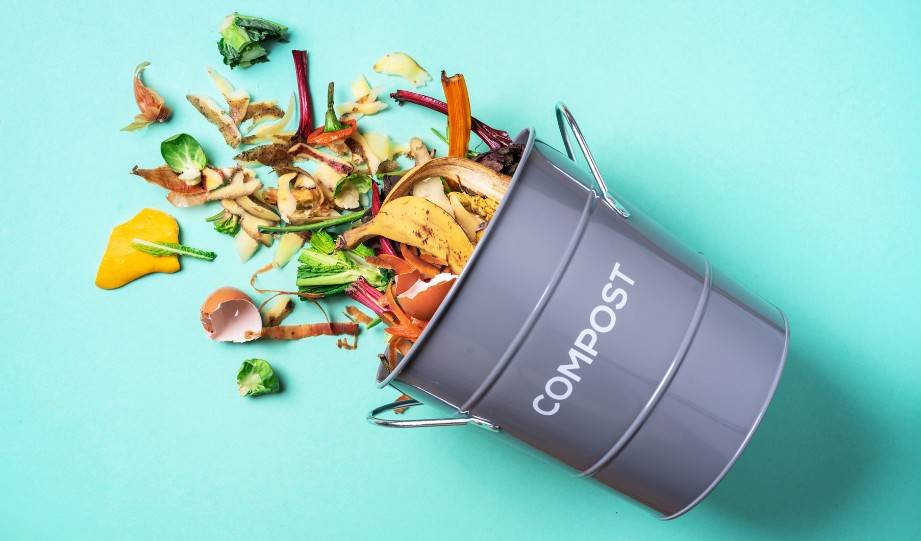
For sustainable indoor gardening, the choice of soil and fertilizer is paramount.
Opt for organic soil, which is free from synthetic chemicals and supports plant health naturally. It promotes strong root development and efficient water use.
When it comes to fertilizing, natural options like homemade organic compost or worm castings provide plants with essential nutrients without harming the environment.
These organic fertilizers release nutrients slowly, reducing the risk of over-fertilization and promoting steady plant growth.
Incorporating these sustainable practices not only nurtures healthier plants but also contributes to a healthier planet by reducing chemical runoff.
Pest Management and Plant Health
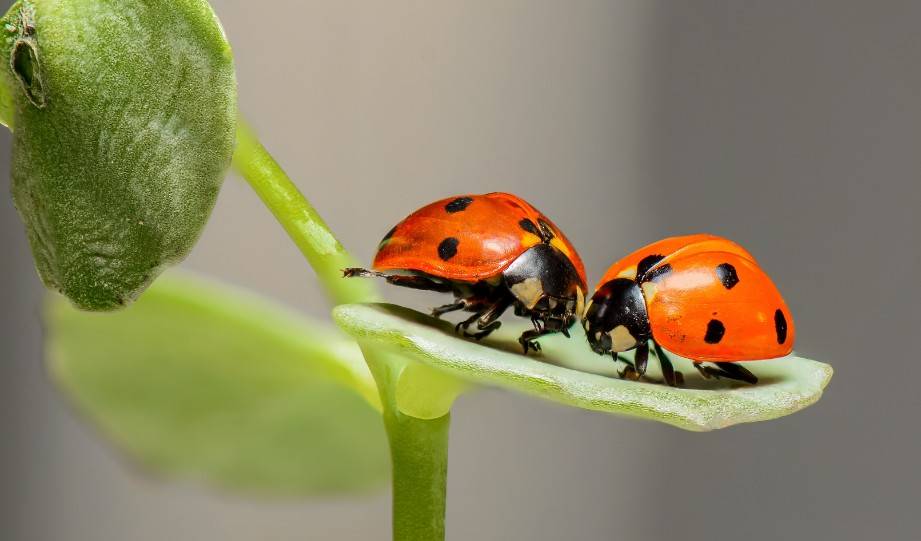
Maintaining the health of your sustainable indoor plants involves proactive pest management with eco-friendly methods.
Neem oil, a natural pesticide, can deter a wide range of pests without harming the plant or environment.
Introducing beneficial insects, like ladybugs, into your indoor garden can naturally control pest populations.
Regularly inspect your plants for signs of pests or disease, such as discolored leaves or stunted growth, and isolate affected plants to prevent spread.
Cleanliness around your plants also plays a crucial role in preventing pest infestations, ensuring your indoor garden remains a vibrant, healthy, and eco-conscious space.
Why Sustainable Indoor Plants Matter
Sustainable indoor plants go beyond mere decoration; they’re a vital part of a greener, healthier living space.
The environmental benefits are profound — by choosing plants that require less water and thrive in indoor conditions, we minimize our ecological footprint. These plants often need fewer chemical fertilizers and pesticides, reducing the amount of harmful substances released into our homes and the environment.
From a health and wellness perspective, sustainable indoor plants are powerhouses. They improve air quality by absorbing pollutants and emitting oxygen, creating a cleaner, fresher environment that enhances our wellbeing.
The presence of greenery indoors has also been linked to reduced stress levels, increased productivity, and a boost in mood. In essence, these plants contribute not just to the health of the planet, but to our own, making them invaluable companions in our daily lives.
Moreover, the long-term cost-effectiveness of embracing sustainable gardening practices cannot be overlooked. Opting for plants that are well-suited to indoor environments and have low maintenance needs means fewer replacements and less expenditure on care products.
Investing in perennial plants, which live for several years, offers ongoing beauty and benefits without the need for frequent repurchasing.
By integrating sustainable indoor plants into our lives, we commit to an eco-friendly lifestyle that pays dividends in environmental health, personal wellness, and financial savings.
This trifecta of benefits underlines why choosing and caring for sustainable indoor greenery is not just a trend, but a meaningful shift towards more responsible living.
The Sustainability Beyond the Plant
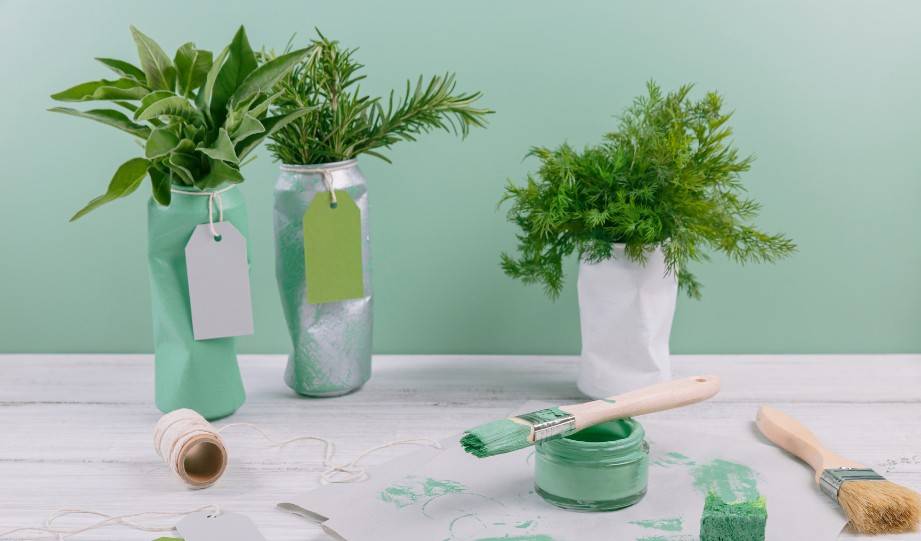
Sustainable indoor gardening extends beyond the plants themselves; the pots and planters we choose also play a significant role in our eco-friendly efforts.
Opting for pots made from biodegradable materials or recycled plastic underscores a commitment to reducing environmental impact. These choices support a circular economy, where materials are kept in use for as long as possible, minimizing waste.
Moreover, repurposing items as plant containers is not just a sustainable practice but also a creative endeavor. Old mugs, jars, or even books hollowed out can become unique homes for your plants, adding character to your space while saving these items from landfill.
This approach not only recycles but also encourages a minimalist lifestyle, highlighting the beauty in reusing and repurposing.
Embracing a sustainable mindset in every aspect of plant care—from the selection of soil and fertilizers to water conservation and pest management—fosters a deeper connection with our environment. It’s about recognizing that every choice we make can contribute to a larger ecosystem, promoting health and sustainability.
By integrating these practices, we not only ensure the well-being of our indoor gardens but also take active steps toward a more sustainable world, proving that even the smallest green spaces can have a significant positive impact.
Connecting with a Community of Green Thumbs
Joining gardening groups and forums can significantly enhance your journey in sustainable indoor gardening. These communities offer a wealth of knowledge and support, providing insights into the best practices for plant care, sustainability tips, and innovative eco-friendly solutions.
Whether you’re a novice seeking advice on easy-care indoor plants or an experienced gardener looking to share your homemade composting techniques, there’s something incredibly valuable in the exchange of information and experiences.
Engaging with a community allows you to discover new plant species, understand the nuances of eco-friendly pest management, and even learn about repurposing household items as plant containers.
Beyond the practical benefits, these connections foster a sense of belonging and mutual support, crucial for any gardener navigating the ups and downs of plant parenthood.
Sharing your sustainability successes and challenges not only contributes to the collective knowledge but also inspires others to adopt more environmentally conscious practices. It’s a way to multiply the impact of each green thumb, turning individual efforts into a collective force for a healthier planet.
Through these communities, we can spread the joy and satisfaction of sustainable gardening, making our green spaces, no matter how small, part of a larger global garden.
Conclusion
Sustainable indoor gardening is more than just a hobby; it’s a commitment to living more eco-consciously, benefiting both our personal spaces and the planet.
By choosing the right plants, understanding their needs, and embracing eco-friendly care practices, we can create thriving green spaces that reflect our dedication to sustainability.
Remember, every small step towards sustainability counts, whether it’s opting for organic soil, repurposing containers, or joining a community of like-minded gardeners.
Now, it’s your turn. Embark on your sustainable indoor gardening journey today, and let’s grow a greener world together, one plant at a time.

